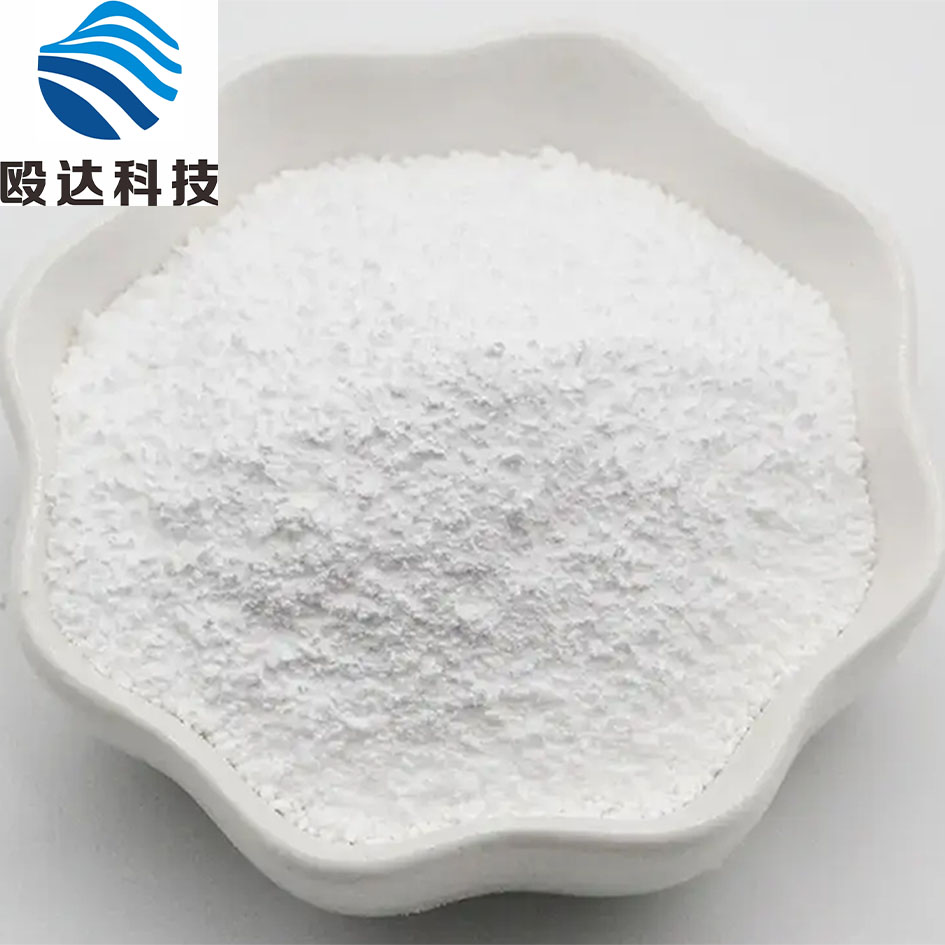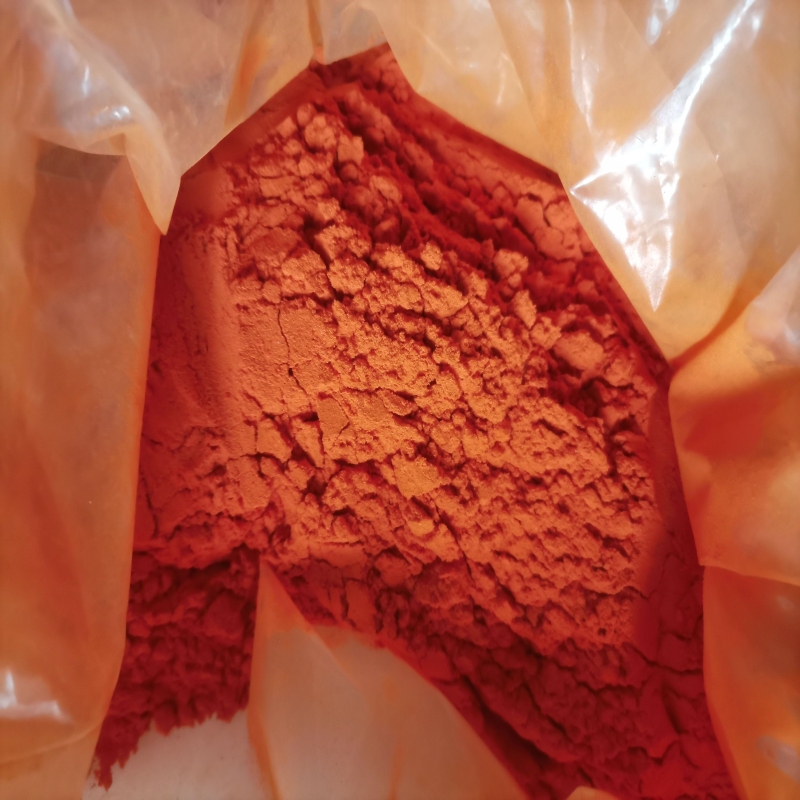-
Categories
-
Pharmaceutical Intermediates
-
Active Pharmaceutical Ingredients
-
Food Additives
- Industrial Coatings
- Agrochemicals
- Dyes and Pigments
- Surfactant
- Flavors and Fragrances
- Chemical Reagents
- Catalyst and Auxiliary
- Natural Products
- Inorganic Chemistry
-
Organic Chemistry
-
Biochemical Engineering
- Analytical Chemistry
- Cosmetic Ingredient
-
Pharmaceutical Intermediates
Promotion
ECHEMI Mall
Wholesale
Weekly Price
Exhibition
News
-
Trade Service
The shell structure of the sand and dust test chamber is made of
cold-rolled plate and electrostatic powder spraying.
The inner tank is made of high-quality stainless steel plate, the overall appearance is unique, and there is a large-scale window and manual wiper equipment in the middle of the tailgate, which is conducive to clearly seeing the detection status
of the test product during the whole process of testing.
The main control board of machinery and equipment selects intelligent large digital display information control board, and the main control board of machinery and equipment selects intelligent digital explicit temperature controller
.
The operation steps of emotional design are easy to understand and practical, and the actual operation of instruments and equipment with different levels of action is adapted to each other
.
Type and select the large digital positive system software, embedded thermal resistance and thermal resistance discrete system positive table, accurate measurement accurate and stable
.
It has the role of adjusting parts and artificial intelligence technology, has a variety of alarm methods, and has the function of
timing execution.
The machine and equipment are heated by stainless steel plate-fin heating tubes, the whole equipment ash discharge cycle time and vibration cycle time are adjustable, and the total experimental timer
is installed.
What is the way to judge the sand and dust concentration value with the sand and dust test chamber? Sand dust refers to solid particles floating in the gas, and the International Maritime Organization (ISO) requires that solid suspended solids with a particle specification of less than 75 μm be defined as soot
.
According to the size of soot particles in the air, the types of sand dust can be divided into: floating dust, dust removal, total floating particles, powdery particles, soot, dust, dust and powder.
Sand blowing test: the dust concentration standard of the smoke chamber is 2.
2g/m3, which is suitable for the airport to send on the paved road, forward taxiing, and low-altitude flight
.
The detection sample applied around the car driving on the road surface has a concentration value of 1.
1g/m3; 3.
Only applicable to the test products that are harmed by the natural standard, the dust concentration standard is 0.
177g/m3; Ash discharge test: dust concentration standard 10.
6g/m3
.
In the natural environment of smoke and dust, it not only harms the smoke room, but also endangers the visibility of smoke particles;







